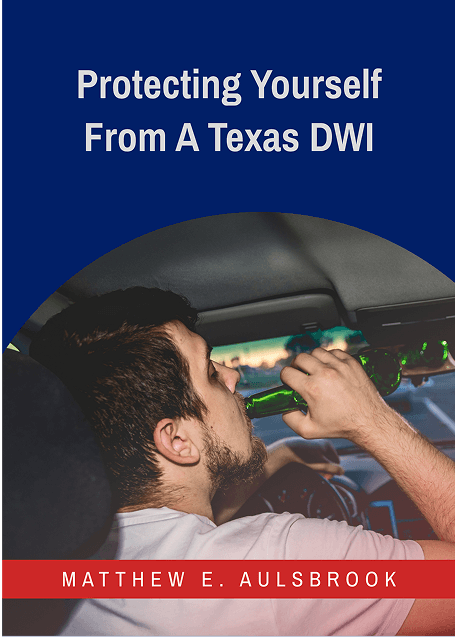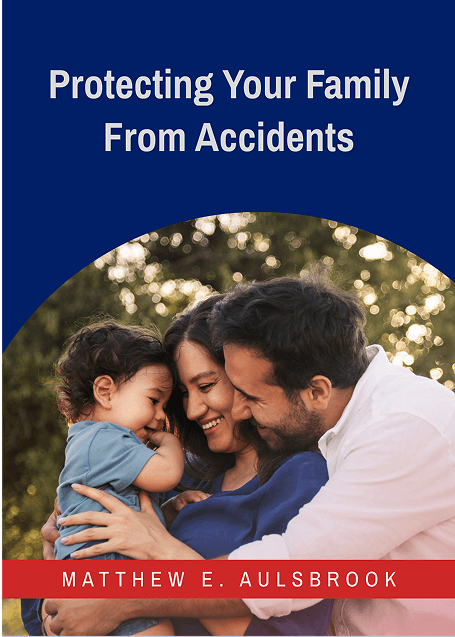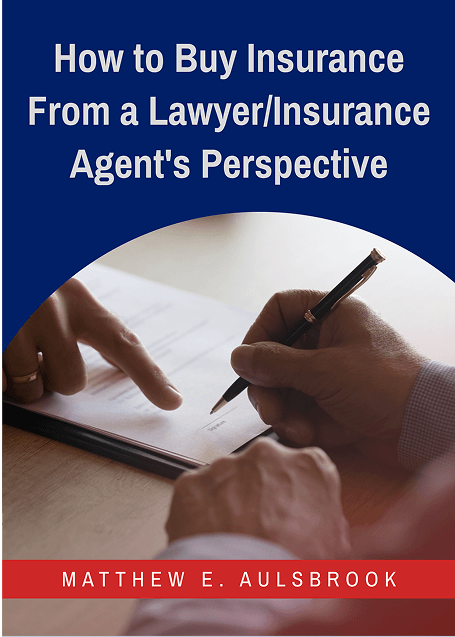Someone traveling outside of a vehicle is considered a pedestrian, including those who are walking or running, bicycling, riding on scooters, skateboards or skates or using a wheelchair, tricycle or quadricycle. Unfortunately, pedestrian accidents occur often and can cause devastating damages. Pedestrian accident injuries may even occur at low speeds. A negligent driver could inflict serious injury on those traveling by foot. Without any form of protection, a pedestrian has no chance against a motor vehicle. Some common injuries include cuts, lacerations, broken bones, or more serious injuries or death in certain circumstances.
When a reckless and careless driver hits a pedestrian, they could be held liable for damages. It is best to seek help from a skilled attorney who understands the unique aspects of a Fort Worth pedestrian accident case. Reach out to a skilled pedestrian accident lawyer to discuss your case.
Reasons a Collision Could Occur
Most pedestrian accidents could be avoided by motorists. Pedestrians always have the right of way. Many accidents that occur are caused by a failure to yield. Drivers are required to bring a vehicle to a complete stop when a pedestrian is crossing at a crosswalk. Vehicles must remain stopped until the pedestrian clears the lane.
Failure to yield often leads to accidents that leave drivers responsible for the resulting pedestrian injuries. Additionally, the failure to obey road signs such as stop signs, yield signs, and crossing signs are also known causes of collisions. When drivers fail to obey posted road signs, they endanger everyone on the road.
Driver distraction is a common problem that continues to grow in Fort Worth and throughout the State of Texas. Phone calls, text messages, and eating food while driving could also contribute to a collision.
Intoxicated motorists are also extremely common in Fort Worth. Drugs and alcohol directly affect a driver’s ability to gauge speed, depth, and distance. An intoxicated driver is a recipe for disaster, especially at intersections with a pedestrian crossing.
Understanding the Rules of the Road
Pedestrians do not automatically have the right of way in every situation in Texas. They must obey traffic controls and crosswalk signals, just like drivers and bicyclists. Pedestrians may only cross a roadway when they see a green signal or a walk sign.
Yield Right of Way
Drivers must yield the right of way to pedestrians who have the walk sign or green signal within a marked or unmarked crosswalk. Pedestrians with yellow, red, “wait” or “do not walk” signals may not cross the roadway.
Drivers must yield the right of way to pedestrians in crosswalks when the crosswalks do not have traffic control signals. Vehicles on the other side of the road must come to a stop if the pedestrian is approaching on that side at a speed that is unsafe. These rules only apply to crosswalks without lights or signals in Texas.
Walking on the Road
It is illegal to walk on the road when a sidewalk is available and accessible. Pedestrians must use the available sidewalk or pedestrian path. Walking on the road is only lawful when something is blocking the sidewalk, such as a construction zone or when there is no sidewalk.
If someone needs to walk on the road, they should keep to the left side of the roadway facing oncoming traffic and stay on the shoulder of the road or as far to the left as possible. Pedestrians cannot suddenly step off a sidewalk curb into the road when an oncoming vehicle does not have time to stop.
Vehicles in close proximity to the pedestrian need to have enough time to safely come to a stop before the pedestrian steps into the road. Even at a marked crosswalk, pedestrians have to wait until it is safe to cross. It is illegal for a vehicle to pass another vehicle that is stopped at a crosswalk.
Crossing Without a Crosswalk
Another situation is crossing without a crosswalk. It is illegal for a pedestrian to cross a road at a place other than an intersection or crosswalk unless no intersection, crosswalk, or pedestrian walkway is available. If a pedestrian has to cross the road without a crosswalk, they must yield the right of way to oncoming vehicles.
It is illegal to cross in front of traffic at a place where no crosswalk or intersection exists. Pedestrians may only cross intersections diagonally when a traffic control device authorizes this action.
Speak to a Pedestrian Accident Attorney Today
When a pedestrian is hit by a motor vehicle, they have no protection. Motor vehicles often weigh thousands of pounds. When a pedestrian is struck by a motor vehicle, the collision is often much more traumatic on the person’s body than if they were a seat-belted passenger in a motor vehicle. Even at relatively low speeds, pedestrians could sustain severe injuries in an accident. The reckless party responsible for the collision could be held liable for damages.
Due to the many unique aspects of a Fort Worth pedestrian accident cases, it is best to seek help from a seasoned attorney. Schedule a consultation today to discuss your case.











